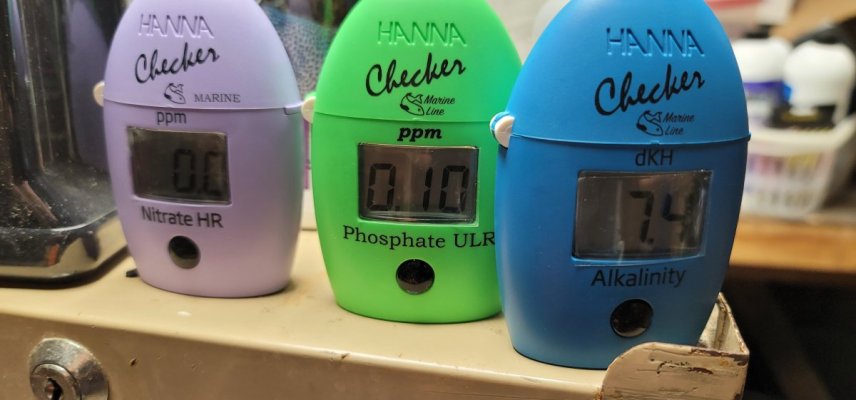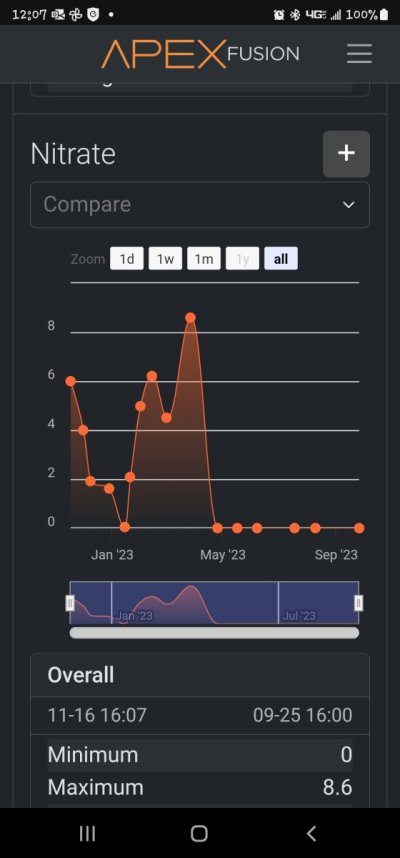Randy Holmes-Farley
Reef Chemist
View Badges
Staff member
Super Moderator
Excellence Award
Expert Contributor
Article Contributor
R2R Research
My Tank Thread
- Joined
- Sep 5, 2014
- Messages
- 67,391
- Reaction score
- 63,732
I’m not really sure about this, but I find it interesting that almost everyone that gives their ranges and says they don’t care about ratios have a ratio of about 1 to 100 with the ranges that they keep.
Largely that likely stems from foods bringing in a ratio where there is much more N than P, since that is what organisms are made of.



















